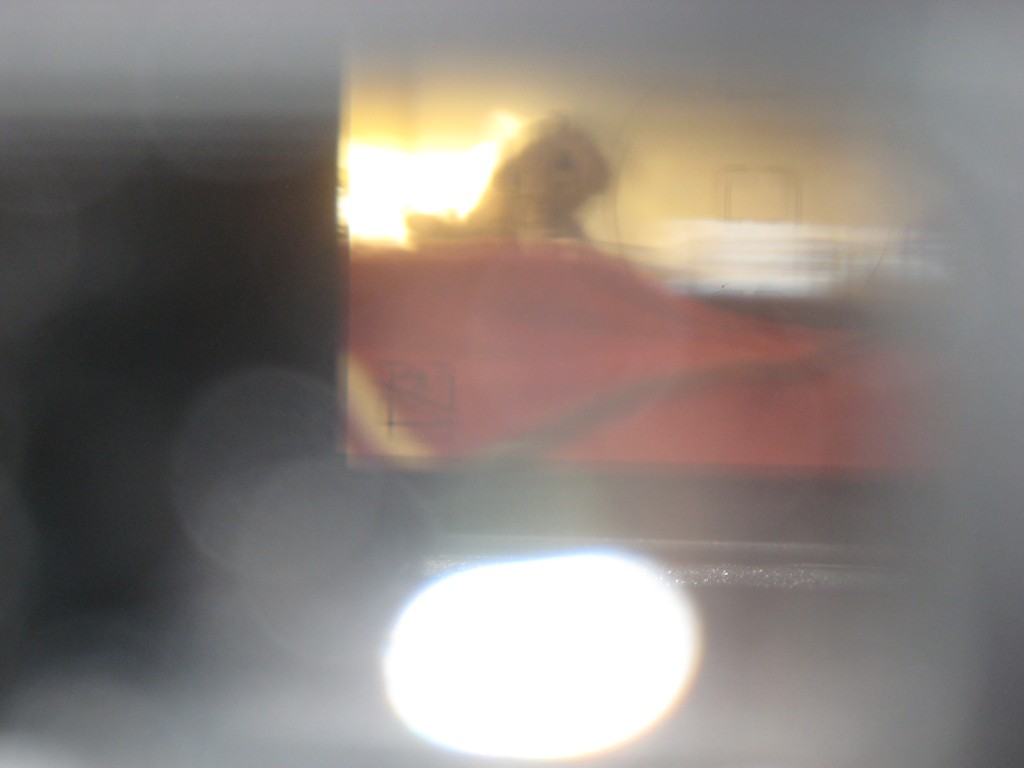Valentine’s Day, with its often-saccharine greeting card verses and glossy commercial sentiments (not to mention its frequent misquotations of everyone from Shakespeare to Emily Dickinson), is at hand once again, and what better time of year than to give that tricky (and oft-abused) specimen—the love poem—a subversive spin? I’m not talking about writing penny dreadfuls or anguished emo laments (we are not Death Cab for Cutie here). I’m talking about defying expectation completely with regards to what a “love poem” is and/or should be. In a sense, the love poem (as it is known in contemporary popular culture) is very much akin to the ode, in that the tone and subject matter of its address tends to elevate the “you” with the use of high language and often ornate imagery. The purpose of the exercises that follow are to invite you to write against this sense of elevation while still retaining, in some way, at least a loose engagement with the intimacy, tenderness, or intensity of the close gaze in which the speaker of a love poem might hold the object of his or her affection. To, in short, write against and across cliché and into something that is bold, surprising, and new.
Prompt: Write an “unromantic” love poem. Some ideas:
1. Write a love poem that specifically avoids the use of any words or gestures which might traditionally be associated with the genre (For example, a sonnet that avoids words like “love,” “lips,” “kiss,” “flowers,” “soul,” “heart,” “tongue,” “forever,” “time,” “youth,” “beauty,” “heat”, “soft,” “blood,” “sun,” “flame,” “darkness,” “arms”). If you’re stuck, try writing an inversion of a famous love poem to start you out.
2. Write a love poem that focuses the speaker’s gaze on a mundane, miniscule, technical, inanimate, messy, awkward, or even grotesque task, process, or object, rather than on a subject of conventional beauty. (Think: the very famous WCW poem, “This Is Just to Say,” which focuses on plums; or even the spirit of John Donne’s “The Flea,” which uses a parasite as its primary metaphor)
3. Write a love poem that engages with an aesthetic of sparseness, remoteness, or sterility (both sonically and imagistically), rather than with one of superfluousness.
4. Write a love poem that takes the aesthetic of elevated excess to its extreme, such that it becomes wildly surrealistic, or grotesquely decadent, or even campy (à la gurlesque).
5. Write a love poem that limits its exploration of its subject to only one, non-visual sense (i.e. smell, touch, taste, or sound).
6. Write a love poem that does not take the form of a direct address (e.g. “I” to “you”). Or try eliminating the first and second person completely.
7. Write a love poem addressed to an object of ambiguously romantic or non-romantic love (for example, a stranger, a child, a public figure who is known for something other than their beauty or glamour) and which engages with that subject in terms of the everyday or mundane. (Think Oliver de la Paz’s “Aubade with a Book and the Rattle from a String of Pearls” or Marc Vincenz’s “Taishan Mountain” from LR, Issue 2).
